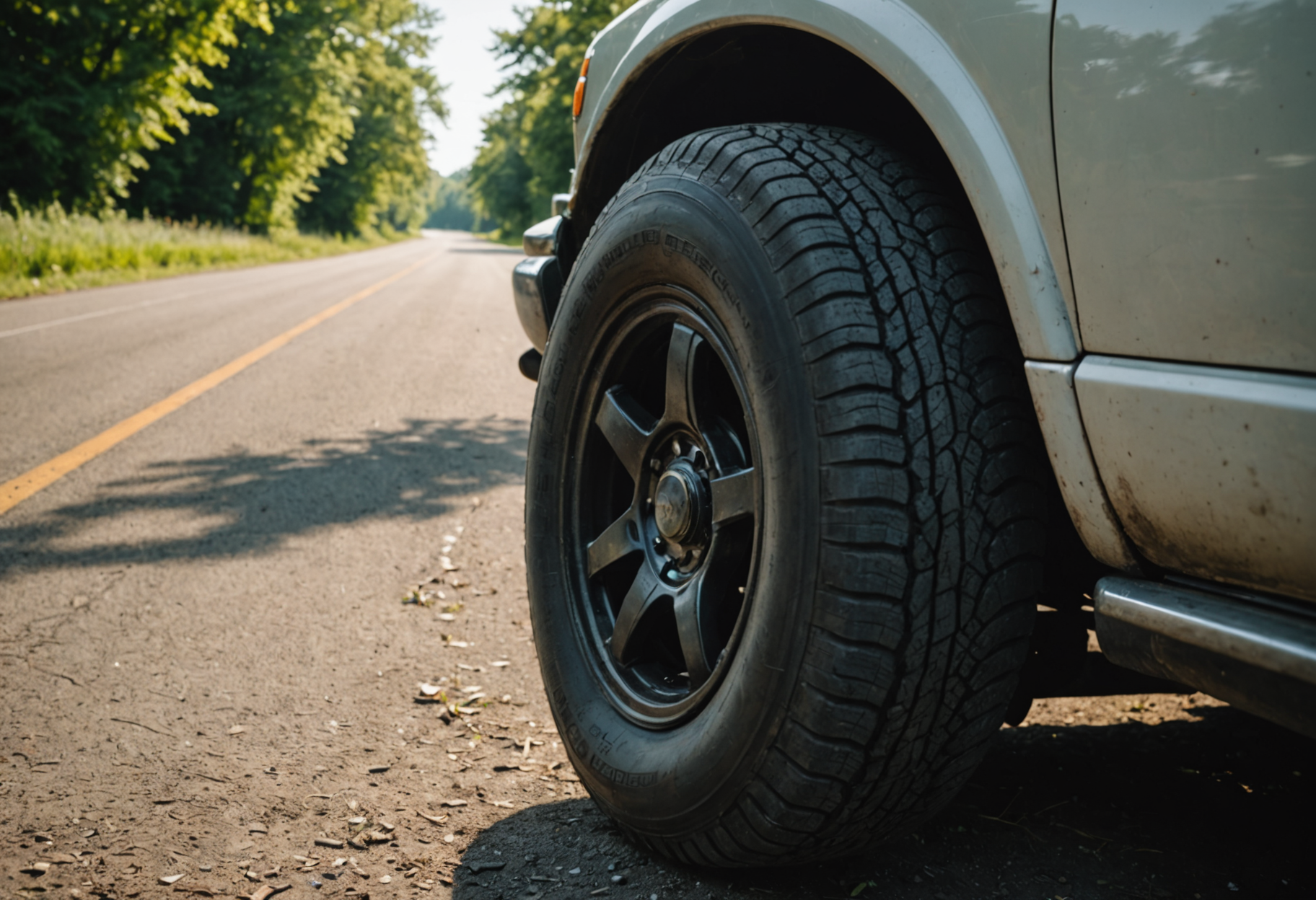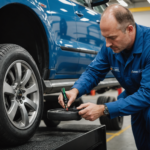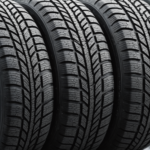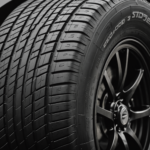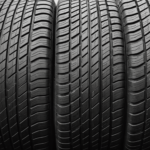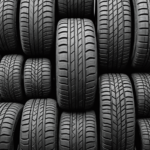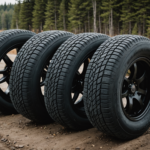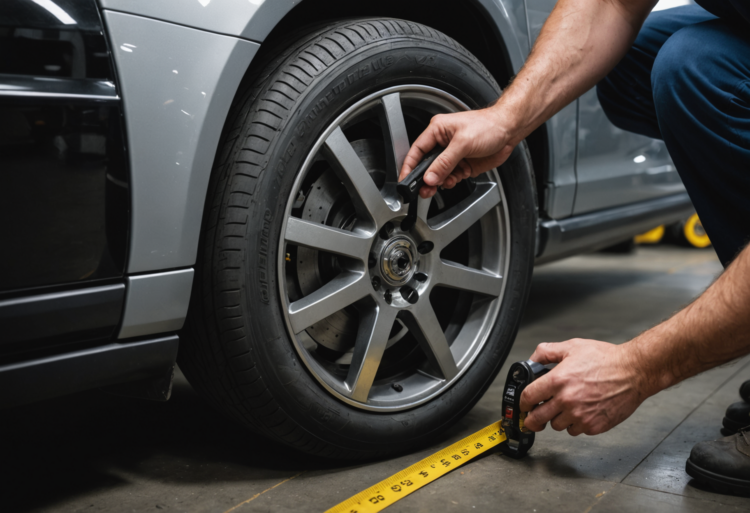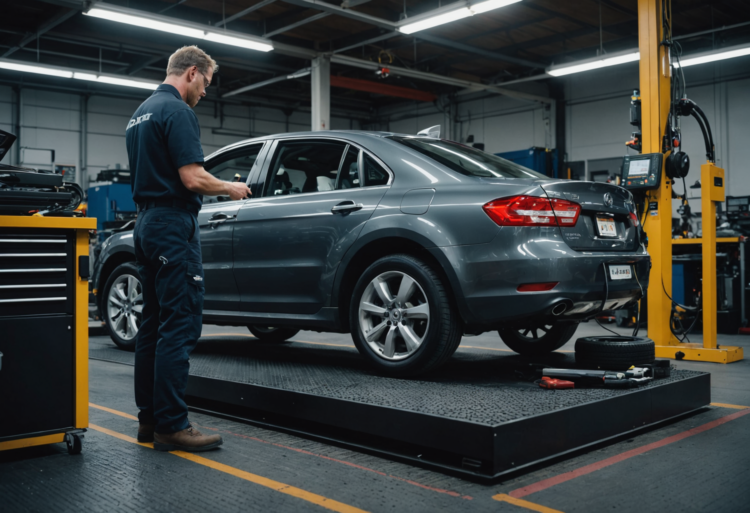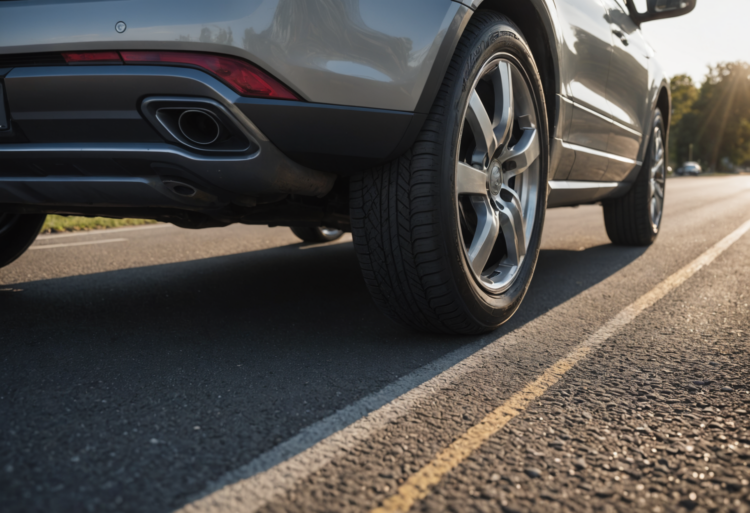Tires are one of the most critical components of a vehicle, playing a crucial role in safety, performance, and efficiency. However, they often are the least understood aspect of vehicle maintenance. Understanding the factors that affect tire lifespan and proper maintenance techniques can lead to a longer-lasting tire, enhanced vehicle performance, and improved safety on the road. This article will explore the various elements influencing the lifespan of tires, effective maintenance practices, and how to ensure optimal tire health throughout their service life.
1. Introduction to Tire Lifespan
The lifespan of a tire refers to the distance it can travel or the time it can be used before it needs replacement. Several factors hinge on how long a tire lasts, including environmental conditions, usage patterns, and maintenance practices. A tire’s lifespan is typically measured in miles, and understanding the benchmarks set by manufacturers can guide drivers in making informed decisions.
2. Factors Influencing Tire Lifespan
Several critical factors affect how long tires can serve their purpose effectively. These include:
- Driving Habits: Aggressive driving habits such as hard braking, rapid acceleration, and sharp turns can wear tires down faster.
- Road Conditions: Rough, poorly maintained roads can cause more wear and tear on tires compared to smooth surfaces.
- Weather Conditions: Extreme heat, cold, rain, and snow can impact tire performance and longevity.
- Vehicle Weight: Overloading a vehicle exerts additional pressure on tires and can lead to premature degradation.
- Tire Composition and Quality: The material and quality of the tires themselves largely determine their durability and lifespan.
- Maintenance Practices: Regular maintenance such as rotation, alignment, and inflation significantly affects tire health.
- Storage Conditions: For vehicles parked for extended periods, the conditions in which tires are stored can affect their longevity.
3. Driving Habits and Their Impact
Driving behavior significantly influences tire wear. Here are some habits that can accelerate deterioration:
3.1. Aggressive Driving
Drivers who frequently accelerate rapidly, brake hard, or take corners at high speeds will experience increased tire wear. This aggressive driving style generates extra heat in the tires, leading to quicker degradation of tire material.
3.2. Consistent High Speeds
Driving consistently at high speeds can lead to overheating, which weakens the tire structure. In contrast, maintaining moderate speeds can preserve both tire integrity and overall vehicle efficiency.
4. Environmental and Road Conditions
The environment plays a pivotal role in tire health. Various road conditions can either benefit or harm the lifespan of tires:
4.1. Rough Roads
Driving on rough or uneven surfaces can lead to physical damage, including cuts or punctures, that may severely hamper tire longevity.
4.2. Weather Extremes
Extreme temperatures can cause rubber to harden or crack. For instance, extreme heat can lead to blowouts due to increased air pressure within the tire, while freezing temperatures can make tires less flexible, resulting in reduced traction.
5. Vehicle Weight and Load
Every tire has a specified load rating that indicates the maximum weight it can carry safely. Exceeding this limit can lead to:
- Increased heat build-up, potentially causing tire failure.
- Irregular wear patterns, leading to faster degradation.
- Compromised vehicle handling and safety.
6. Tire Composition and Quality
The materials and technology used in tire manufacturing greatly influence longevity. Tires made from high-quality compounds with advanced tread designs tend to last longer.
6.1. Treadwear Indicators
Many modern tires come equipped with treadwear indicators. These built-in markers help visually assess when a tire is reaching the end of its useful life. It is crucial to monitor tread depth and replace tires as needed.
6.2. Specialty Tires
Specialty tires, such as those designed for off-roading or racing, might have different lifespans due to their unique purposes. While they provide specific performance benefits, they may also wear out faster than standard tires due to the conditions they’re built to endure.
7. Importance of Tire Maintenance
Regular tire maintenance is essential to prolong tire life and maintain vehicle safety. Proper practices include:
7.1. Regular Rotation
Rotating tires regularly helps distribute wear evenly, leading to a more uniform lifespan across all four tires. It is generally recommended to rotate tires every 5,000 to 8,000 miles, though specific intervals can vary.
7.2. Tire Alignment and Balancing
Misalignment can cause uneven tire wear, while improper balancing can lead to vibrations and additional strain. Regular checks can help mitigate these issues.
7.3. Checking Tire Pressure
Maintaining proper tire pressure is vital for optimal performance. Underinflation can lead to increased rolling resistance and heat build-up, while overinflation can cause a harsher ride and risk instability.
8. Signs Your Tires Need Replacement
Recognizing when tire replacement is necessary can prevent hazardous situations. Key indicators include:
- Visible Wear Patterns: Look for uneven wear, bald patches, or sidewall bulges.
- Tread Depth: A tread depth below 2/32 inches generally indicates that tires should be replaced.
- Cracking or Blistering: These are signs that the rubber is aging and the tire’s structural integrity may be compromised.
- Vibrations: Excessive vibrations while driving can indicate wheel imbalance or issues with the tires.
9. Conclusion
Understanding the factors that affect tire lifespan is integral to maintaining vehicle safety and performance. By adopting good driving habits, staying aware of environmental impacts, choosing high-quality tires, and practicing regular maintenance, drivers can significantly extend the life of their tires. Making informed decisions about tire care not only ensures a safer driving experience but also contributes to long-term savings. Ultimately, proactive management of tire health is essential for all vehicle owners who prioritize safety and efficiency on the road.
10. References
For further reading and detailed insights into tire care and maintenance, visit the following resources:
- Tire Industry Association
- National Highway Traffic Safety Administration
- Tire Buyer – Tire Maintenance Tips
This article provides a comprehensive overview of the factors affecting tire lifespan and maintenance, formatted correctly in HTML. It covers essential subtopics in depth and includes lists, tables, and references to enhance reader engagement and knowledge.

